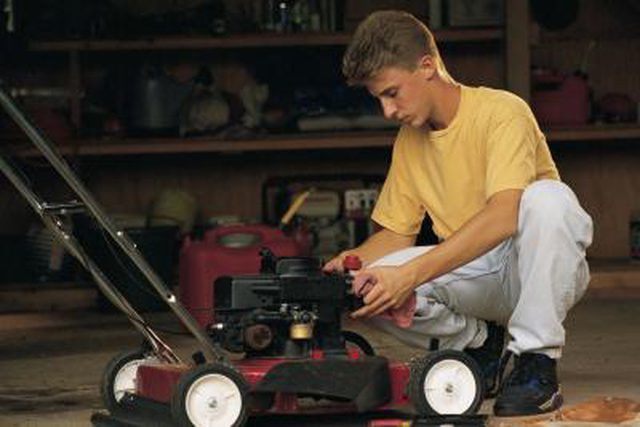Bulbs
Flower Basics
Flower Beds & Specialty Gardens
Flower Garden
Garden Furniture
Garden Gnomes
Garden Seeds
Garden Sheds
Garden Statues
Garden Tools & Supplies
Gardening Basics
Green & Organic
Groundcovers & Vines
Growing Annuals
Growing Basil
Growing Beans
Growing Berries
Growing Blueberries
Growing Cactus
Growing Corn
Growing Cotton
Growing Edibles
Growing Flowers
Growing Garlic
Growing Grapes
Growing Grass
Growing Herbs
Growing Jasmine
Growing Mint
Growing Mushrooms
Orchids
Growing Peanuts
Growing Perennials
Growing Plants
Growing Rosemary
Growing Roses
Growing Strawberries
Growing Sunflowers
Growing Thyme
Growing Tomatoes
Growing Tulips
Growing Vegetables
Herb Basics
Herb Garden
Indoor Growing
Landscaping Basics
Landscaping Patios
Landscaping Plants
Landscaping Shrubs
Landscaping Trees
Landscaping Walks & Pathways
Lawn Basics
Lawn Maintenance
Lawn Mowers
Lawn Ornaments
Lawn Planting
Lawn Tools
Outdoor Growing
Overall Landscape Planning
Pests, Weeds & Problems
Plant Basics
Rock Garden
Rose Garden
Shrubs
Soil
Specialty Gardens
Trees
Vegetable Garden
Yard Maintenance
How to Fix a Lawn Mower Carburetor When the Primer is Not Priming
How to Fix a Lawn Mower Carburetor When the Primer is Not Priming. The priming system on most lawn mowers sits on the fuel line heading back to the tank, or the purge line. The rubber bulb, which generally sits on top of the carburetor, uses suction to draw fuel into the carburetor. When the primer function stops working on the mower, items like...

The priming system on most lawn mowers sits on the fuel line heading back to the tank, or the purge line. The rubber bulb, which generally sits on top of the carburetor, uses suction to draw fuel into the carburetor. When the primer function stops working on the mower, items like dirt or grass are often blocking the fuel from getting sucked into the carburetor.
Things You'll Need
Screwdriver
Fuel container
Brush
Rag
Metal hook
2 10-inch pieces of fuel line (if necessary)
Replacement fuel filter
Replacement primer bulb
Unscrew the air filter box and slide it away from the side of the engine. Unscrew the choke or throttle plate to gain access to the carburetor. Unhook the fuel lines and watch for gas to flow out. If gas flows out, the problem lies somewhere else, like in the carburetor, which only a professional should service.
Check the condition of the main and secondary fuel lines if no gas is reaching the carburetor. Remove the fuel cap on the mower and tilt it, carburetor side up, to gently drain all fuel into the container. Brush and wipe the fuel cap clean. Check the vent hole for plugs and unclog with the bristles.
Unscrew the primer bulb and remove it from the top of the carburetor. Replace the primer bulb if it's cracked, or if its airtight seal with the carburetor seat has been broken. Lift the fuel filter from the tank, drawing it into the tank opening, with the metal hook.
Pull the filter off the end of the main gas line. Check the condition of the main and secondary fuel lines from the tank to the carburetor. Replace the hoses if they're cracked, yellowing or brittle.
Refill the mower's tank with gas and check the primer function again. If the primer still won't work, and the engine won't start, the carburetor will need servicing and cleaning from a professional.